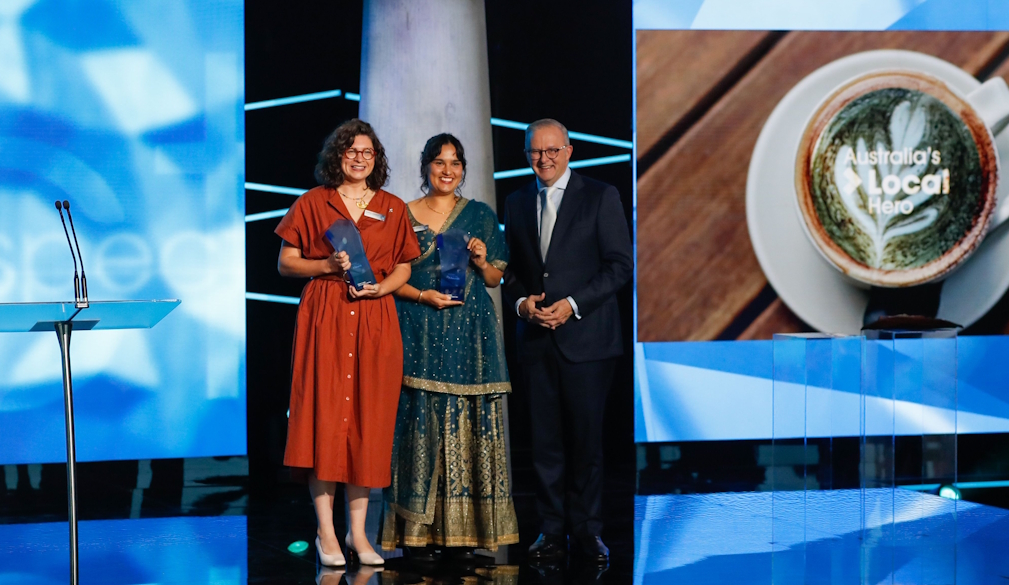2026 Australian of the Year Awards Nominations Close 31 July
- Written by The Times

The National Australia Day Council invites all Australians to nominate outstanding individuals for the 2026 Australian of the Year Awards by 31 July 2025. Now is your chance to spotlight the extraordinary Australians among us – the local legends and changemakers whose efforts have significantly enriched our communities.
Your Nomination Finds The Australians Of The Year
The Australian of the Year Awards rely entirely on public nominations to identify outstanding individuals around the nation and it only takes one nomination for someone to be considered for our nation’s most prestigious awards.
The person you nominate could be the next Australian of the Year, Young Australian of the Year, Senior Australian of the Year or Australia’s Local Hero.
Nominating is easy and can be done by anyone. Simply visit australianoftheyear.org.au to submit the details of someone who inspires you.
Why Your Nomination Matters
Every nomination is a powerful acknowledgment of someone’s impact and dedication. It's your opportunity to ensure the contributions of someone who inspires you, or makes Australia better, are celebrated. One nomination can elevate their voice, help them access more support or give them the recognition they deserve.
National Australia Day Council Chair John Foreman AM said the role of the public was crucial in finding award recipients each year.
“Every day, we all see people doing something special or we hear about people who are making a real impact – it’s these people we all see and hear about that we want the public to nominate,” said Mr Foreman.
“The Australian of the Year Awards recognise 128 people across all state and territories each year and from them, we select the Australian of the Year, Senior Australian of the Year, Young Australian of the Year and Australia’s Local Hero.
“Extraordinary Australians are all around us but if we don’t know about them, they can’t be recognised. When you see them or hear about them, nominate them so we can consider them.”
Nominating Is Easy
Just a few minutes of your time can set someone on a path to national recognition. Head to australianoftheyear.org.au and follow the simple steps to submit your nomination. Nominations close midnight AEST Thursday 31 July 2025.
How The Awards Program Works
The awards program recognises Australians who stand out in four categories:
- Australian of the Year
- Senior Australian of the Year (aged 65 and over)
- Young Australian of the Year (aged 16 to 30)
- Australia's Local Hero
These categories ensure the diverse contributions of Australians across all sectors and ages are honoured.
From the public’s nominations, each state and territory announce a recipient in each category. These state and territory award recipients then become the national finalists for the 2026 Australian of the Year Awards to be announced on the evening of 25 January 2026 in Canberra.
We can all play our part by giving extraordinary Australians the recognition they deserve – nominate now at australianoftheyear.org.au.



















